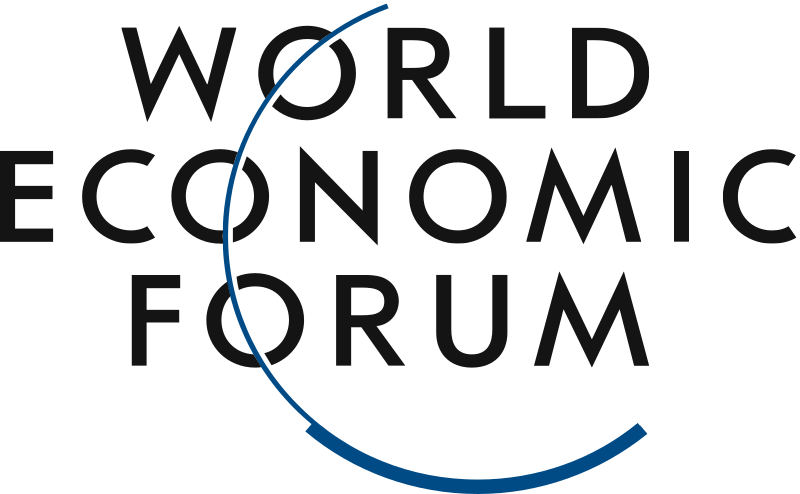Solicit ideas from your value chain
You can create opportunities for value chain innovation by opening the floor to ideas from various sources, including current suppliers, customers, and potential new suppliers. Start by transparently communicating your sustainability challenges to your value chain partners and see who might be interested in helping develop solutions. Consider implementing models for capturing these ideas, such as: crowdsourcing platforms, supplier innovation days, or open invitation contests.
Potential partners could be sustainability-oriented start-ups, social enterprises, or current suppliers open to experimenting with new sustainability solutions. These partnerships can be invaluable, especially when sustainable alternatives are not yet available at scale.
EXAMPLE: Consumer goods company partners with social enterprise to improve plastic recycling
Henkel, a German chemical and consumer goods company, was the first major company to partner with the Plastic Bank to support its goals around closed-loop recycling.¹ The Plastic Bank is a social enterprise that sets up recycling systems in coastal communities to collect plastic waste and reintegrate it into the global manufacturing supply chain.
EXAMPLE: Electronics value chain participants team up to pilot circularity
Three members of the hard disk drive value chain—Seagate (supplier), Google (buyer) and Teleplan (recycler)— teamed up to pilot rare-earth metals recovery. The proof-of-concept effort successfully recovered rare-earth metals from Google’s retired hard drives and coordinated new material flows to return rare-earth metals into production.²
EXAMPLE: Interface's journey to 100% recycled nylon carpet
Carpet manufacturer Interface worked diligently with its suppliers for over a decade to develop a supply of recycled nylon, enabling them to create a 100% recycled nylon carpet.³








